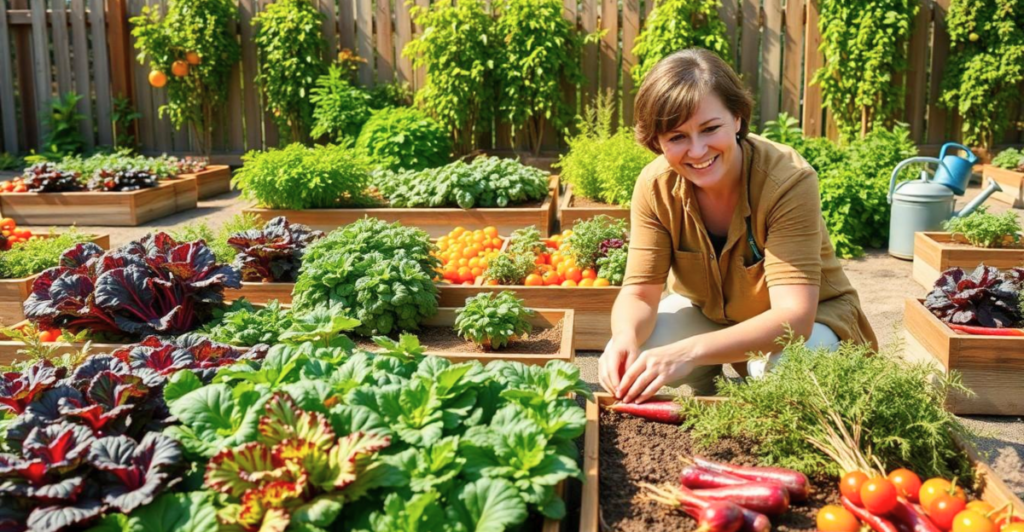
There’s nothing quite like picking fresh veggies straight from your own garden—it’s rewarding, delicious, and surprisingly easy to start!
Whether you have a sprawling backyard or just a few pots on a balcony, growing your own food is possible with the right approach. From choosing the best spot to keeping your plants happy and healthy, these 10 must-know tips will set you up for a thriving vegetable garden in no time!
1. Rethink the Size: Tiny Gardens, Big Impact
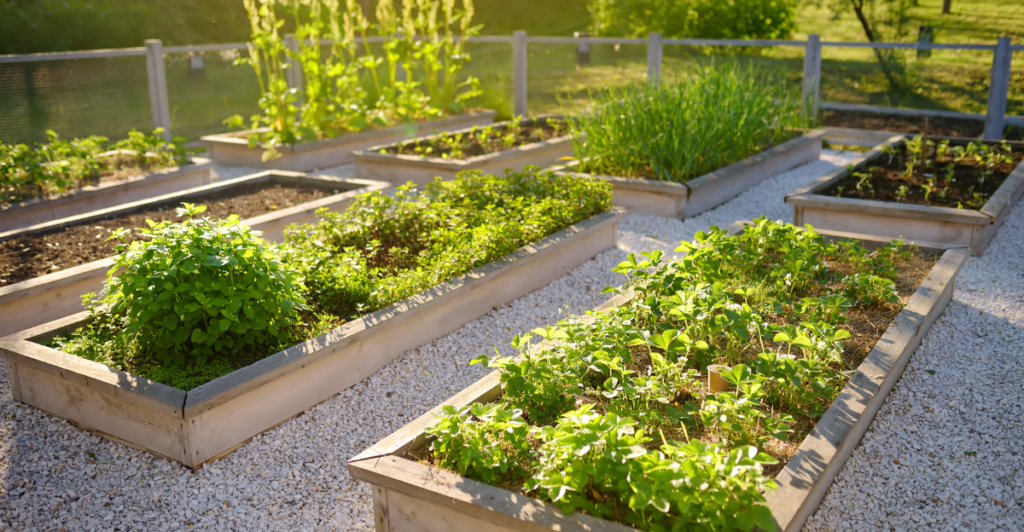
Small gardens can be surprisingly productive. Using vertical gardening techniques like trellises, a space as little as 4 square feet can yield a big harvest.
Cucumbers and peas thrive when grown upward, reducing pest exposure. Studies show that small, well-maintained gardens often outperform larger ones in productivity per square foot. Bigger isn’t always better!
2. Grow What You Can’t Buy
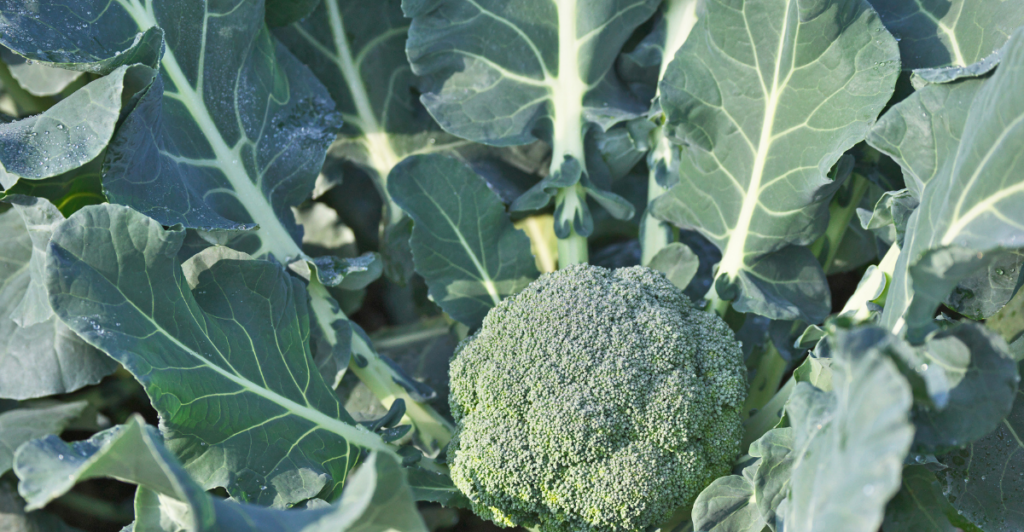
Why grow basic vegetables when you can cultivate rare and expensive varieties? Exotic lettuces, broccolini, and purple tomatillos bring unique flavors while saving money.
Specialty crops offer higher returns on effort and make your garden stand out. Think beyond the supermarket and grow what’s hard to find—it’s a game-changer for home gardening!
3. Companion Planting: Nature’s Secret Code
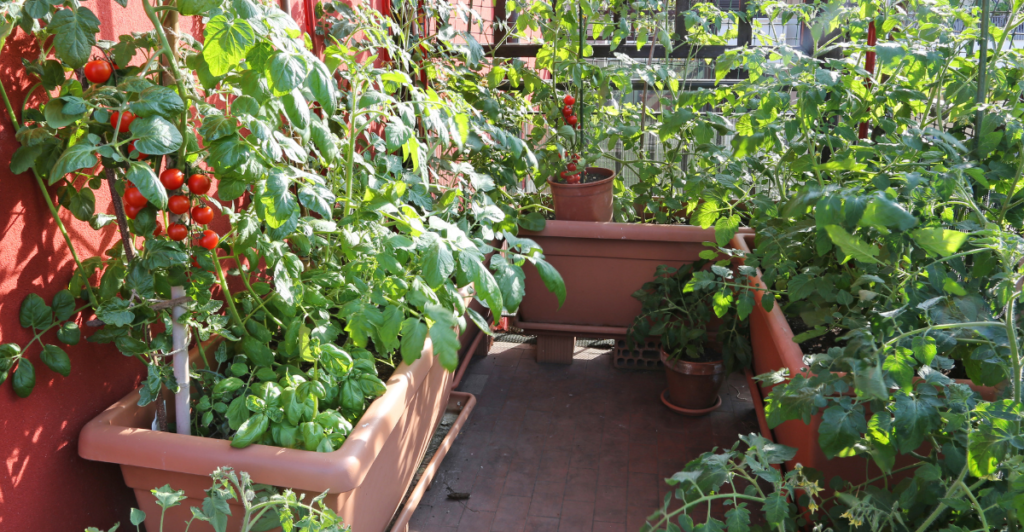
Some plants thrive together while others don’t. Marigolds deter pests, basil enhances tomato growth, and beans enrich the soil for corn.
Companion planting boosts yields by up to 20% while reducing chemical use. It’s a natural, time-tested strategy for healthier crops. Harness plant partnerships and let nature do the work for you!
4. Soil Testing: The Hidden Treasure
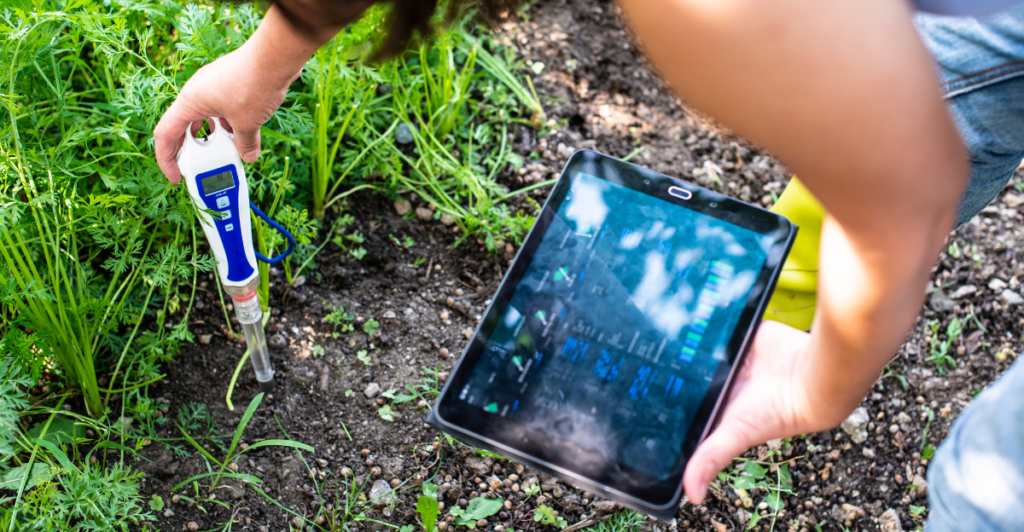
A thriving garden starts with the right soil. Testing your soil reveals pH imbalances and nutrient deficiencies that impact growth. The ideal soil mix? A 40-40-20 blend of sand, silt, and clay.
Studies show that tested soil leads to 30% higher yields. Don’t guess—test! A simple soil check can transform your garden’s success.
5. Water Wisely: Morning Rituals
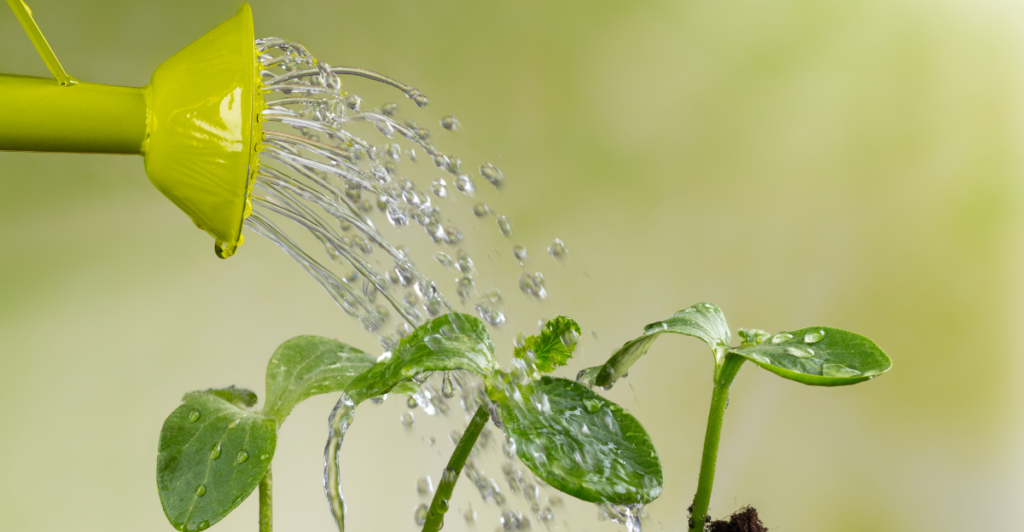
Watering at the wrong time wastes resources and invites disease. Early morning watering minimizes evaporation and fungal risks.
Drip irrigation can cut water use by 50%, keeping the soil consistently moist. Forget daily overwatering—smart hydration makes plants stronger, saves water, and improves growth. Timing is everything for a thriving vegetable garden!
6. Vertical Gardens: Architecture Meets Agriculture

Running out of space? Grow upward! Vertical gardens maximize yields while preventing disease by improving airflow.
Tomatoes, squash, and beans flourish on trellises, producing up to three times more per square foot. Whether you have a backyard or a balcony, vertical gardening is a space-saving revolution for modern growers.
7. Embrace Chaos: Polyculture Over Monoculture
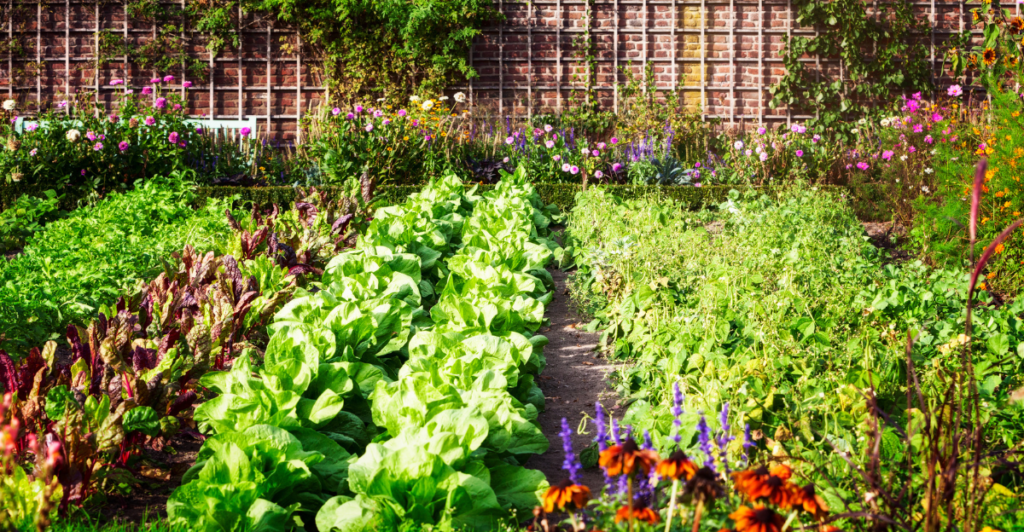
Nature doesn’t grow in rows—so why should your garden? Polyculture, or mixing different crops together, naturally deters pests and enhances soil health.
Flowers attract pollinators, while diverse vegetables create a self-sustaining ecosystem. Say goodbye to sterile, high-maintenance gardens and embrace a lively, resilient planting style inspired by nature!
8. Historical Techniques: Ancient Wisdom
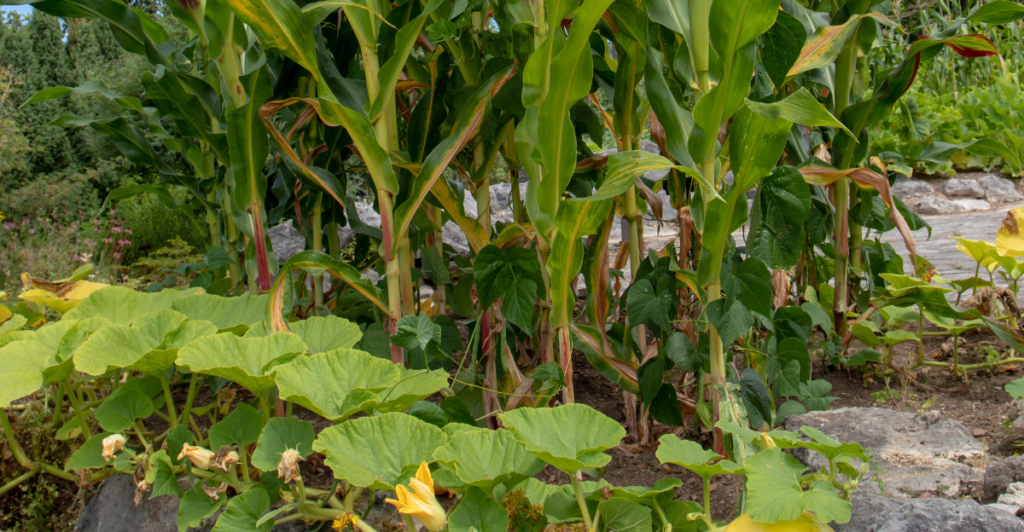
Traditional farming techniques hold secrets for success. The “Three Sisters” method—planting corn, beans, and squash together—shows how crops can support each other.
Beans add nitrogen, corn provides a trellis, and squash shades the soil. These time-tested methods challenge the need for synthetic fertilizers and make gardening more sustainable.
9. Think Indoors: Year-Round Gardening
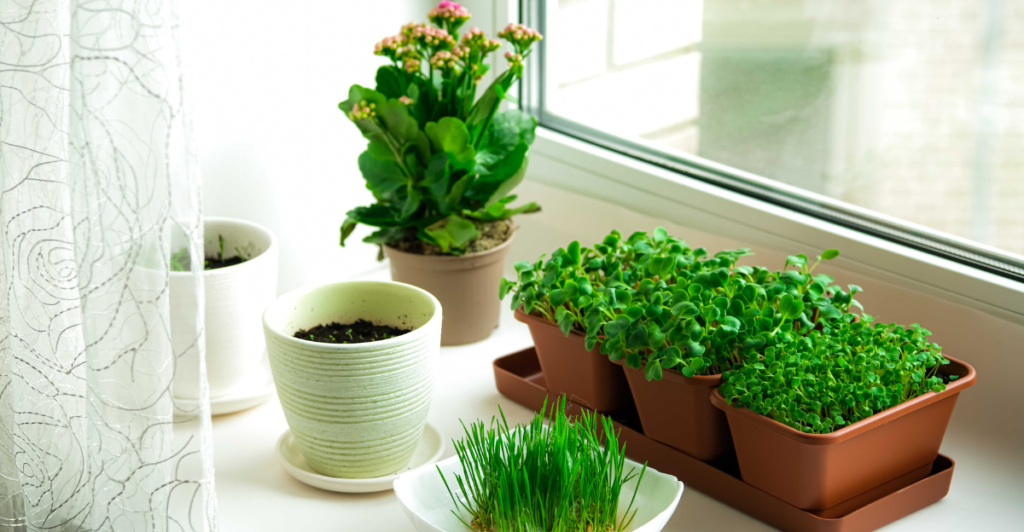
No backyard? No problem! Indoor gardening brings fresh produce to your kitchen year-round. Herbs, leafy greens, and even small tomatoes thrive in sunny windows or mini-greenhouses.
This method defies seasonal limits, making gardening accessible for apartment dwellers and winter growers. Fresh food doesn’t have to wait for spring!
10. Gamify Gardening: Use Tech Tools

Planning your garden just got smarter. Apps like GrowVeg and Almanac Garden Planner use climate data to optimize planting schedules.
These tools increase productivity by 25% compared to traditional trial-and-error gardening. Turn your vegetable patch into a strategic game, and let technology take the guesswork out of gardening!
The Myth of “Easy” Gardening
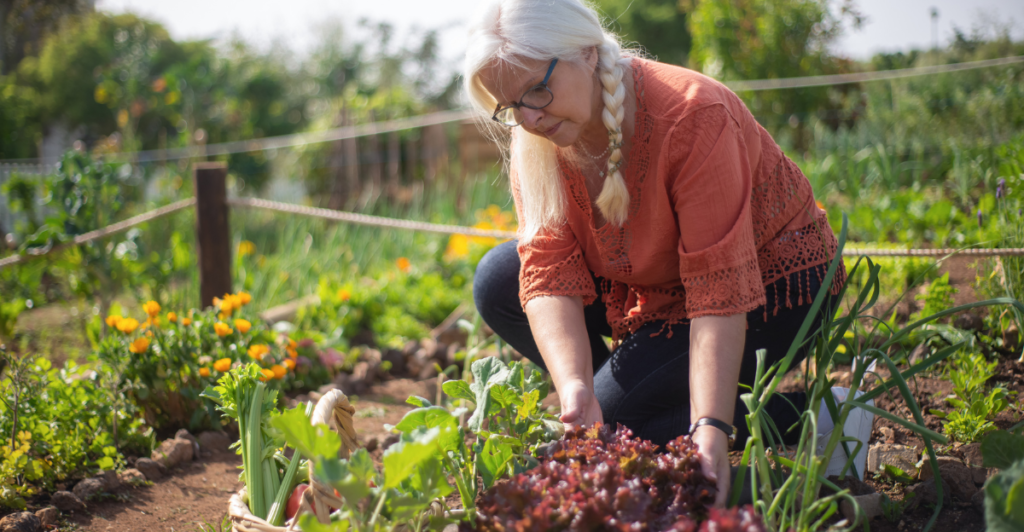
Gardening isn’t just about planting and watering—it’s a learning process. Pests, weather, and soil conditions all play a role. Many beginners expect instant success, but even expert gardeners face setbacks. The key is persistence.
Every season teaches something new, making each harvest more rewarding. Growth, after all, isn’t just for plants.
Community Gardening: Strength in Numbers
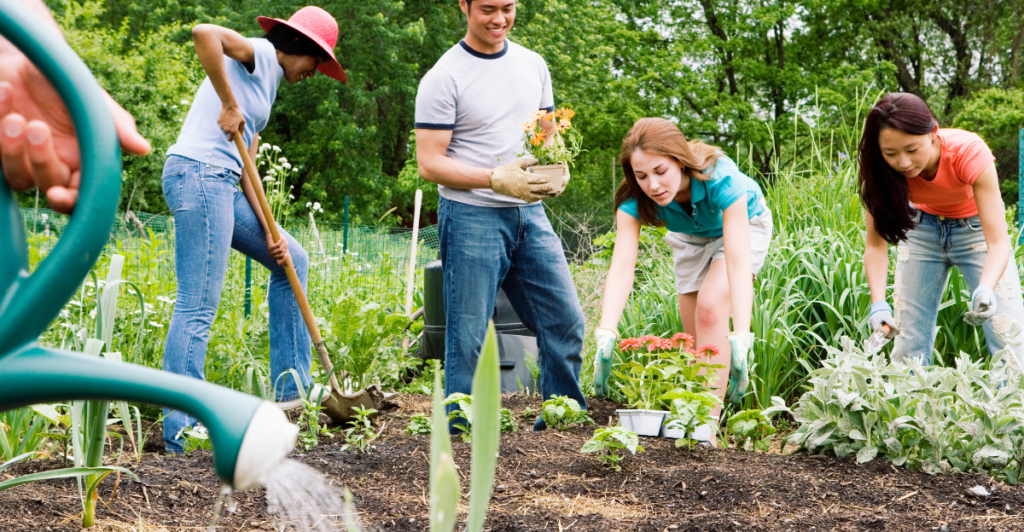
Starting a garden doesn’t mean you have to go it alone. Community gardens provide shared resources, expert advice, and a sense of camaraderie.
Studies show gardeners in groups are more successful and stay engaged longer. Whether swapping seeds or sharing tips, joining a gardening community multiplies your success!
Your Garden, Your Legacy
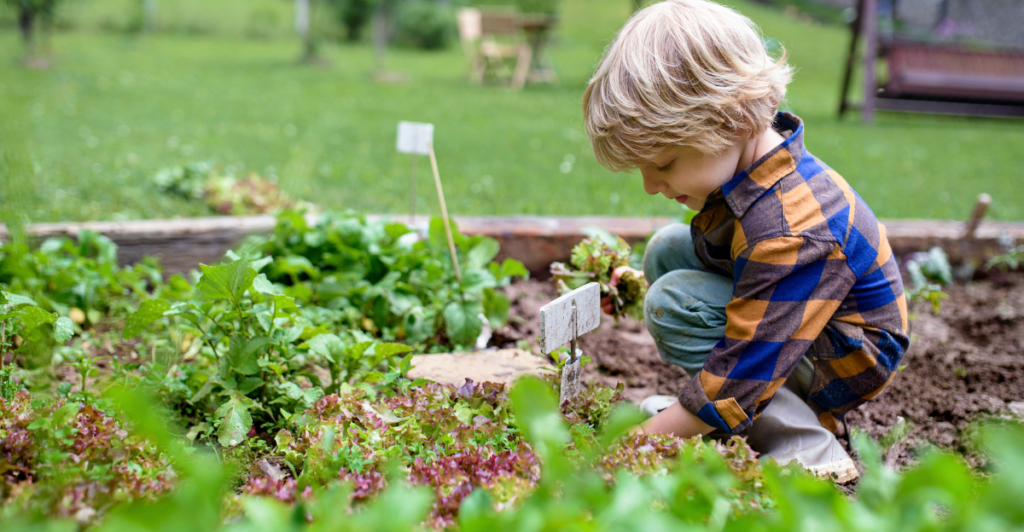
A vegetable garden isn’t just about food—it’s an investment in sustainability, health, and future generations.
Whether you’re growing for flavor, savings, or pure enjoyment, your garden connects you to the earth. Every seed planted is a step toward a greener, healthier world. What will your garden grow?
